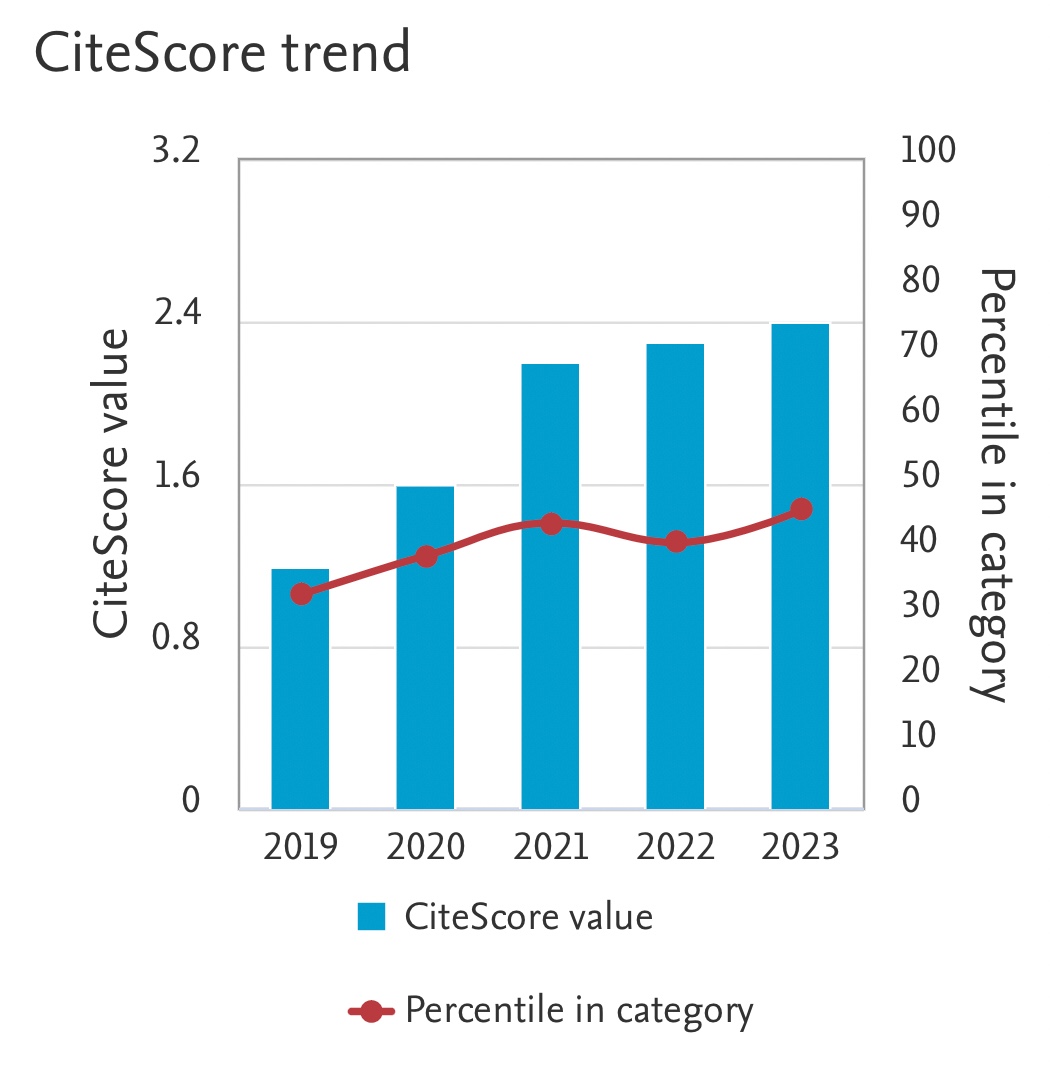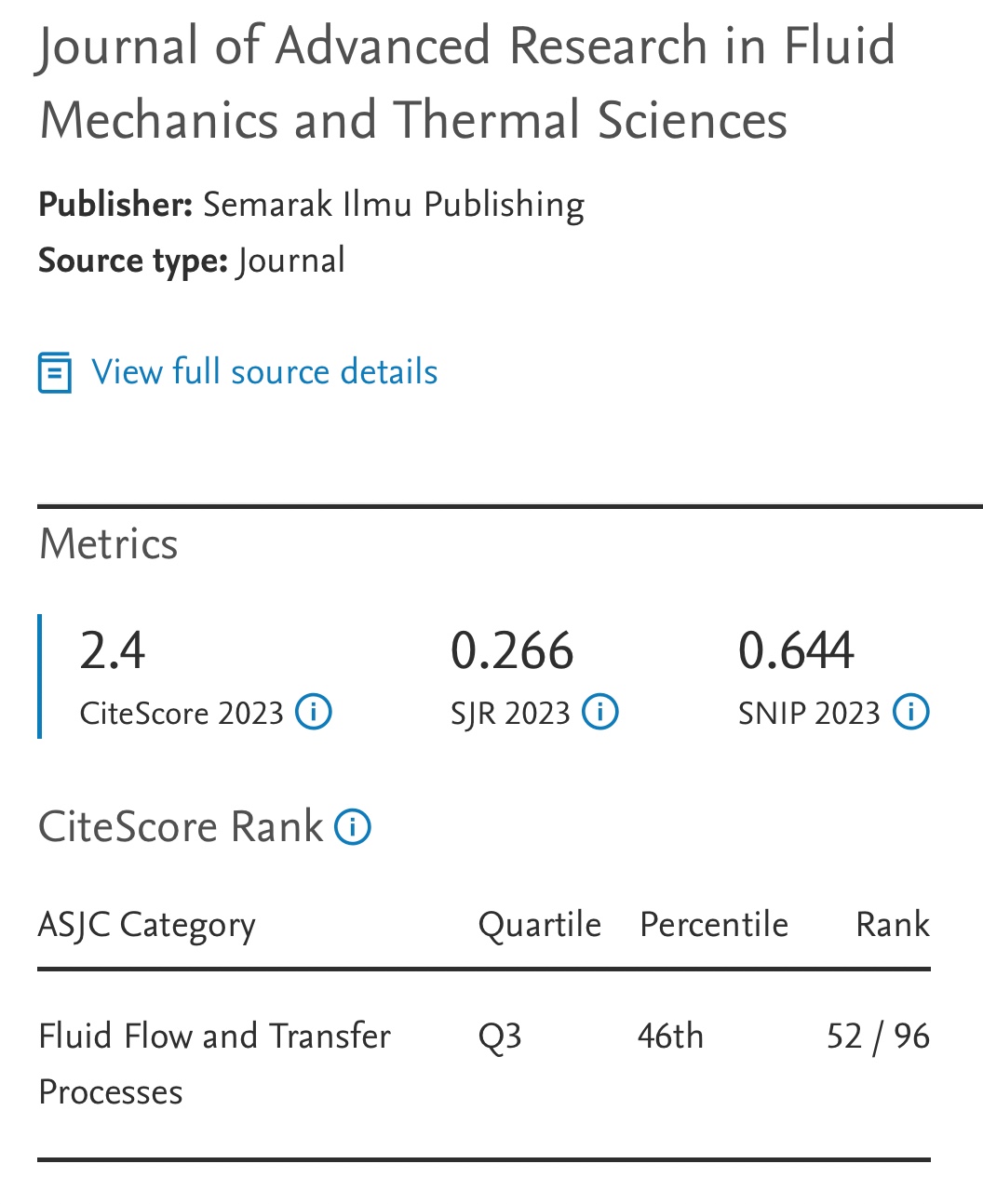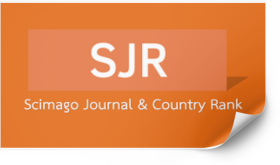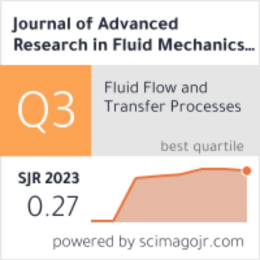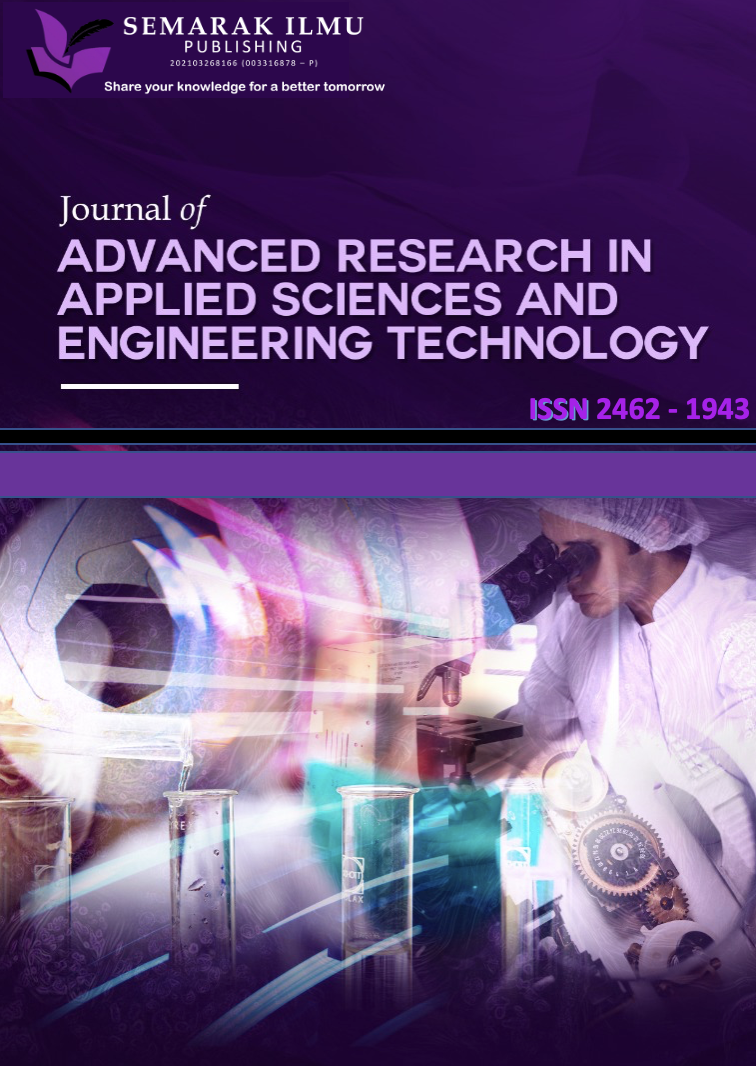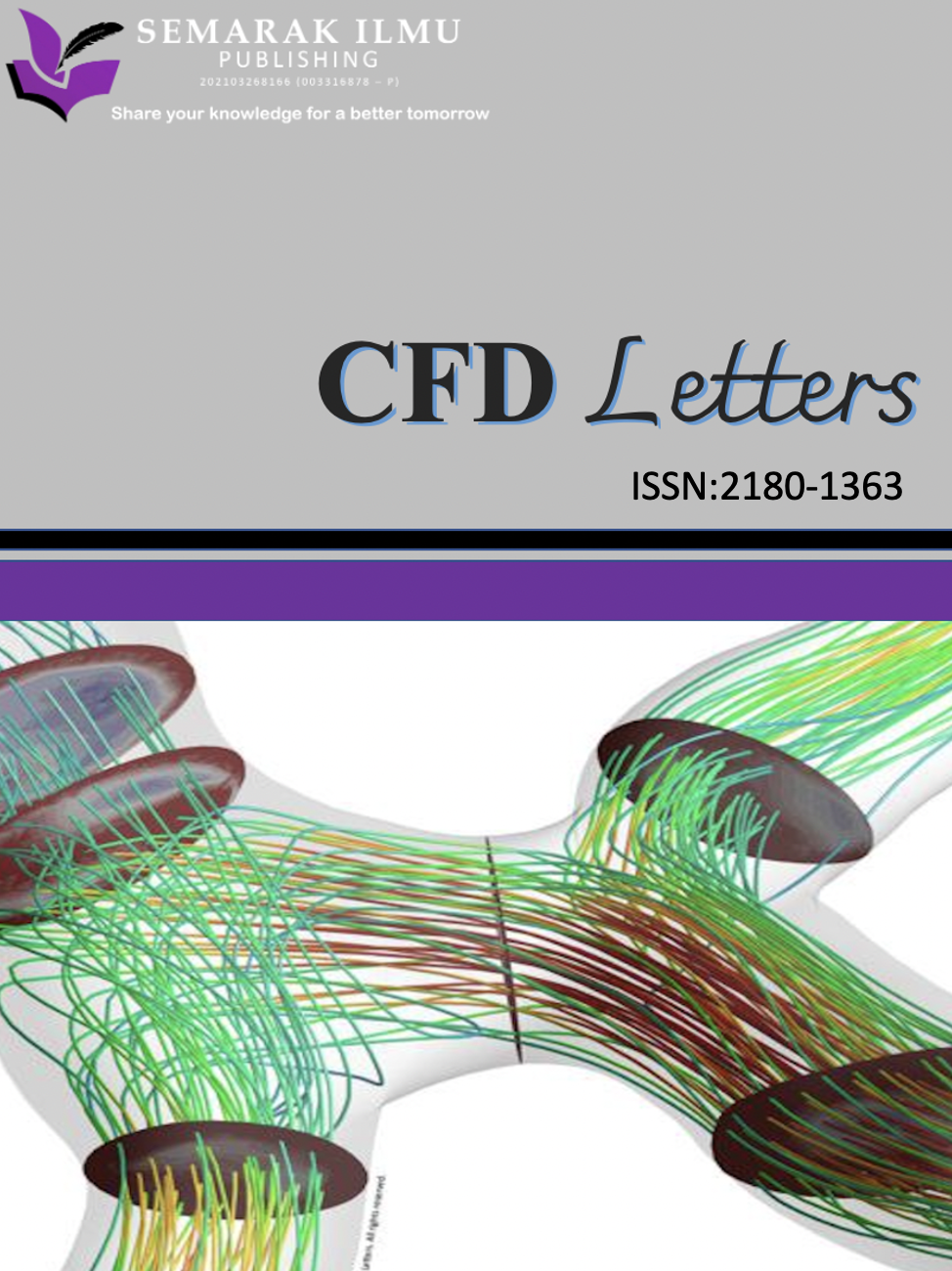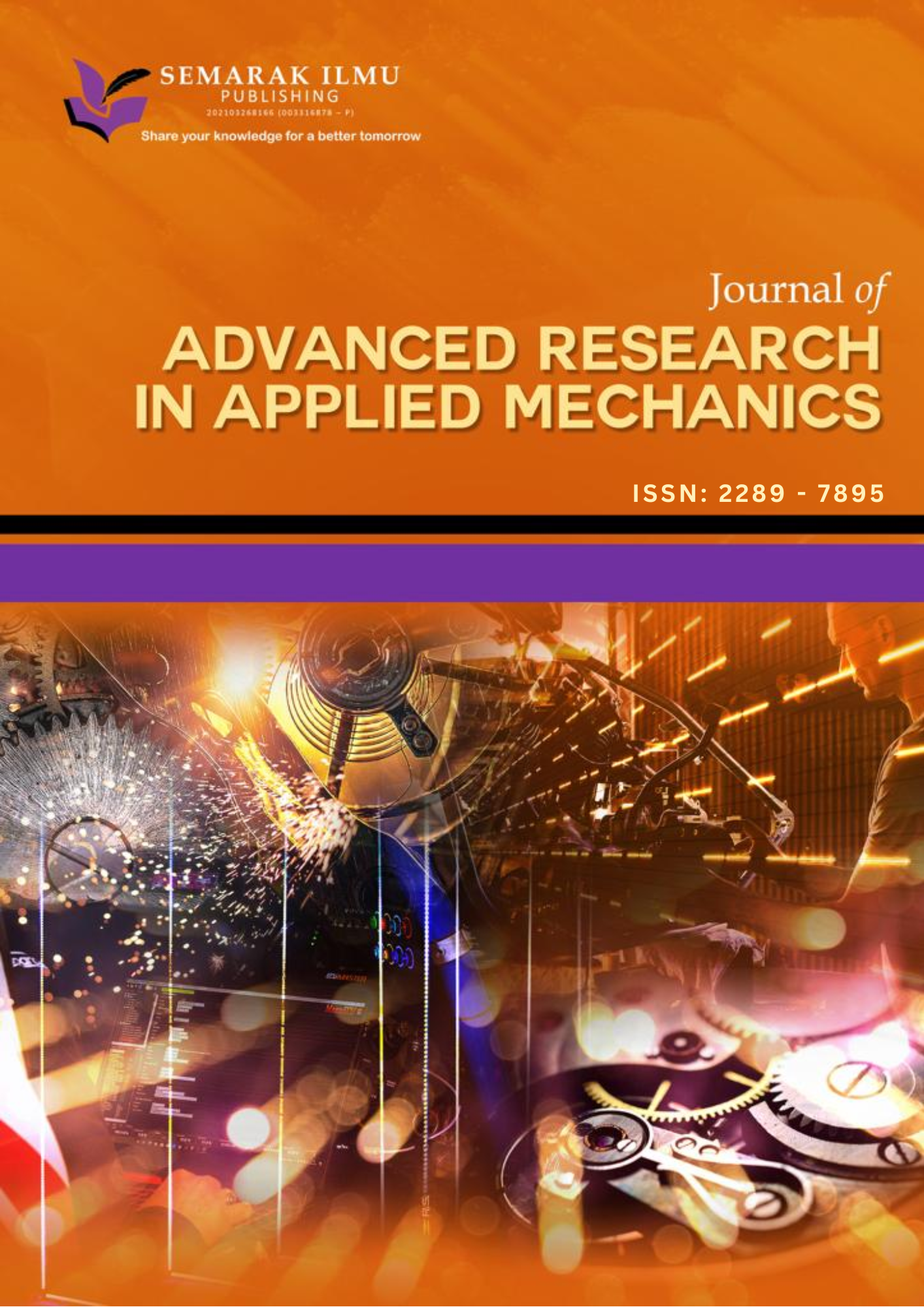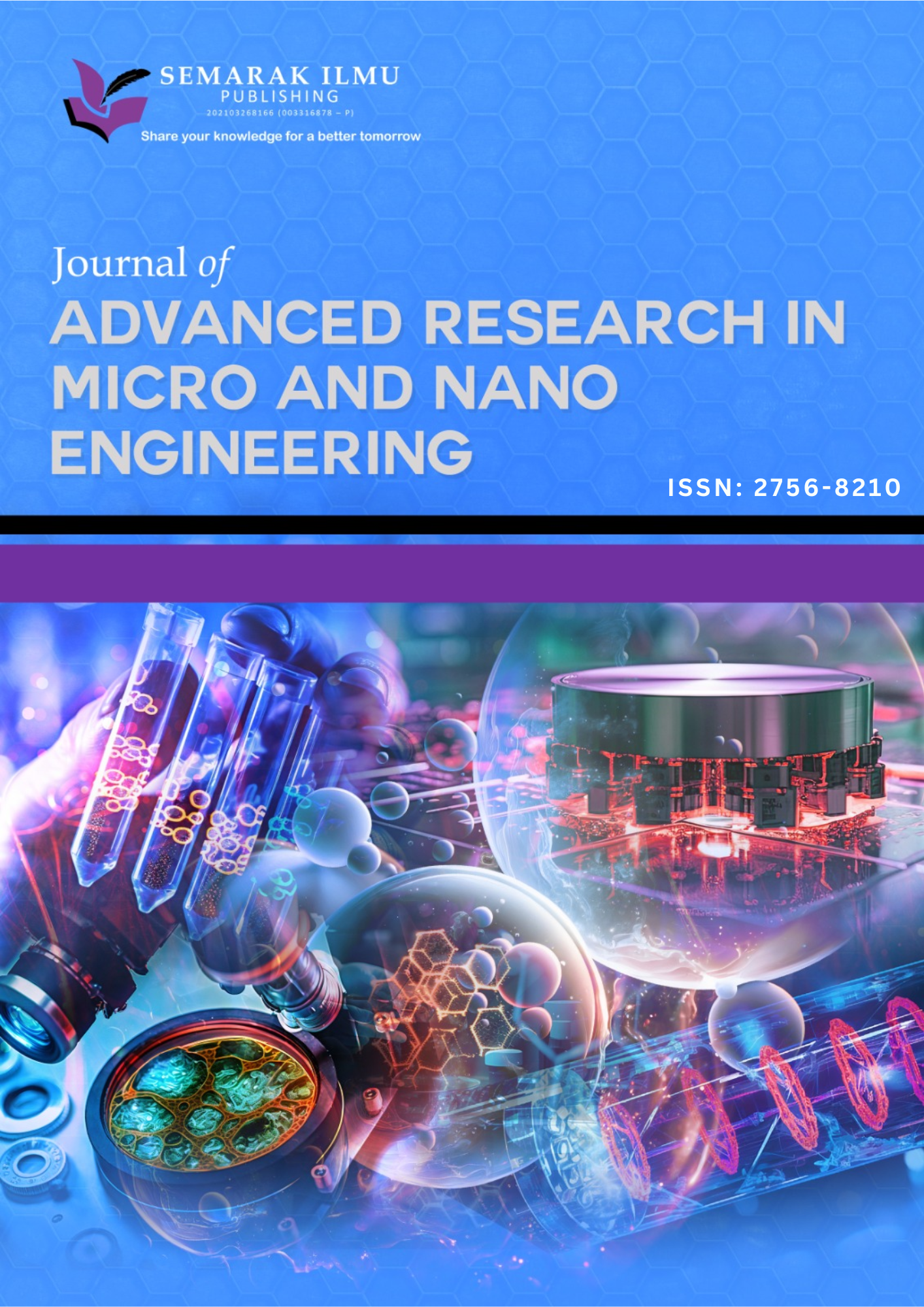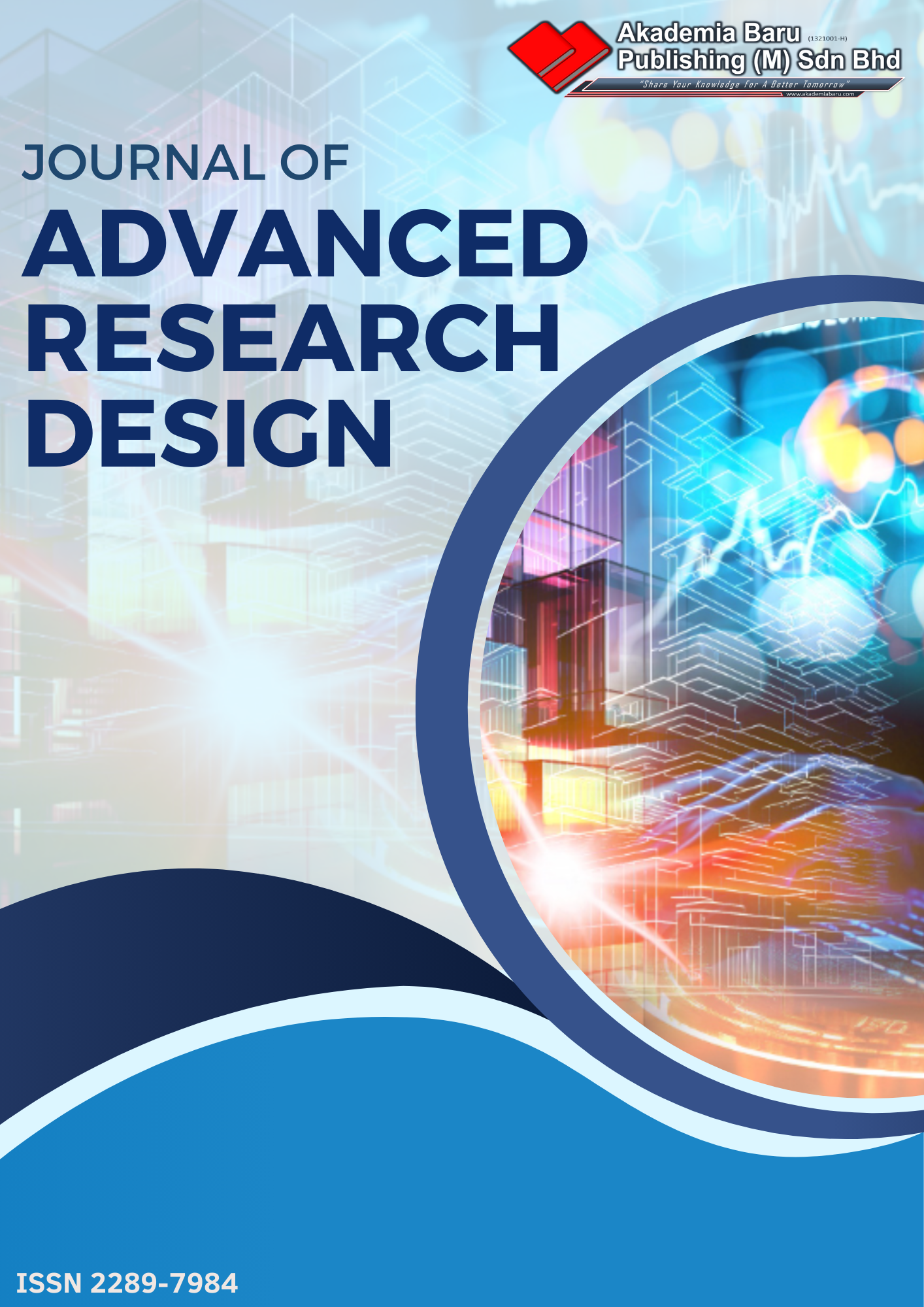Numerical Simulations of Base Pressure and Its Control in a Suddenly Expanded Duct at Mach 1.6 using Quarter Circular Ribs
DOI:
https://doi.org/10.37934/arfmts.127.2.203233Keywords:
Level of expansion, over-expansion, base drag, L/D ratioAbstract
The turbulent flow in a separated region is still a fundamental area of research due to the advent of space shuttles and high-performance military aircraft, and turbulent flow in transonic and supersonic flow is a thrust area for researchers. Whenever the flow experiences an abrupt increase in the area of the enlarged duct, the flow gets significant relief to separate and expand. When the shear layer comes out, it gets divided into two regions: main flow and separated flow. The divided stream line gets reattached with the duct and forms a recirculation zone where the pressure is lower than ambient pressure, resulting in significant drag. This study focuses on base pressure control through quarter-circle rib as a passive control mechanism. Accordingly, a comprehensive numerical simulation was carried out at screech-prone Mach number M = 1.6 for various radii 1 mm, 2 mm, 3 mm, and 4 mm for duct lengths in the range from L = 1D to 6D and nozzle pressure ratios from 3 to 11. Results indicate that for the same range of the rib radius, duct lengths, and level of expansion, there is a progressive increase in the base pressure when rib locations are moved downstream from 0.5D to 3D. The maximum rise in the base pressure is achieved when the rib is located at 66 mm from the base region. A rib with a radius of 1 mm is inadequate for the entire range of rib placement in the present study except when the rib is 11 mm from the base. It can be concluded that a rib of a 1.5 mm radius will be sufficient to neutralize the suction created due to the flow separation. The user can decide on the rib dimension, location, and nozzle pressure ratio based on their requirements.
Downloads











